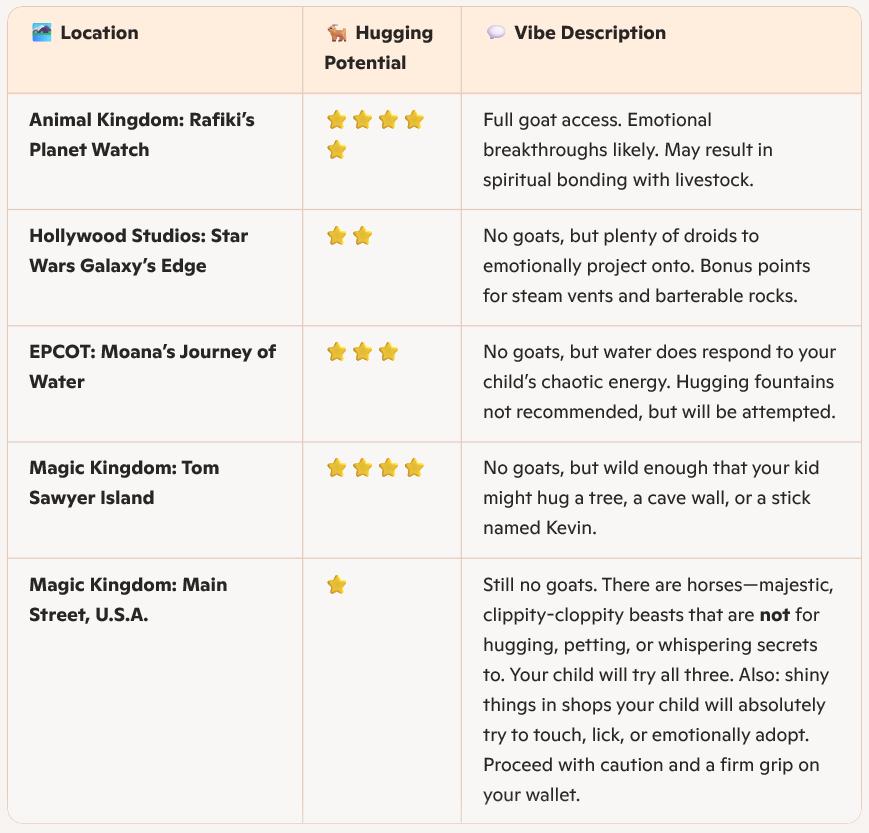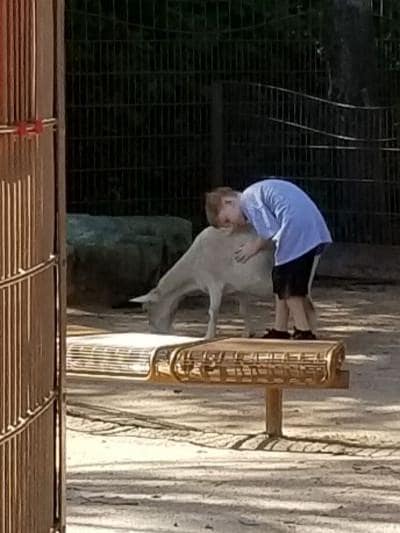When we decided to take our family to Disney World for the first time, I’ll admit—I didn’t think about my son's ADHD as a major factor. After all, Disney isn’t school. It doesn’t require focus. It’s fun. What could go wrong? We’d done theme parks before—how different could Disney be?
I wish I could tell you our Disney World trip was serene. That we strolled through the parks hand-in-hand, soaking in the magic like a storybook family. But the truth? It was chaos. Beautiful, exhausting, unpredictable chaos.
From the moment we entered the gates, my son—who has ADHD—was on sensory overload. The music, the crowds, the smells, the colors, the excitement… it was too much. He climbed walls. He swung on queue dividers. He accidentally hit other guests while trying to contain his overstimulated body in line. I spent more time apologizing than taking photos.
By Day 3, I noticed something that stopped me in my tracks: he was literally vibrating. His whole body was buzzing with energy he couldn’t release. We knew we had to do something different.… So we headed to Tom Sawyer Island—a now-retired oasis that once offered the kind of wild space, full of caves, bridges and hideouts, that kids could actually disappear into.
And that’s where the real magic happened.
He ran. From one end of the island to the other. Through caves, across bridges, into forts. We lost him more than once, but somehow, that wild, rustic space gave him exactly what he needed. No lines. No rules. Just freedom. After two hours of pure movement, he was finally calm enough to rejoin the rest of the park.
That day, we made a decision. While his usual meds worked fine for school, they weren’t cutting it in the sensory circus of a theme park. So we pivoted. We gave him melatonin and coffee—a combination that, for him, helped take the edge off and slow his system down just enough to function. It wasn’t conventional, but it worked. And that’s what parenting an ADHD’er often is: trial, error, and grace.
Later in the trip, we discovered another unexpected sanctuary: Rafiki’s Planet Watch at Animal Kingdom. Tucked away and often overlooked, it turned out to be a exactly what my son needed. There were trails. There were goats. And not just goats—goat butts, which my son found deeply comforting. He hugged one. Then another. And for a moment, everything slowed down. The chaos faded. The goat didn’t blink. They were spiritually aligned. It was the kind of moment you don’t plan for—but never forget.
🐐✨ Goat Butt Hugging Rating Scale
For when you need to measure the therapeutic potential of random roaming spots across Disney parks.

📝 Disclaimer: Goat butt hugging is not officially endorsed by Disney, but it is emotionally endorsed by every overstimulated parent who just needs five minutes of peace.
Disney World wasn’t easy. It wasn’t picture-perfect. But it was real. And in between the meltdowns and the missteps, we found moments of joy—like watching him giggle on the teacups, or seeing his eyes light up meeting Darth Vader. Those moments didn’t come from a perfect plan. They came from adapting, listening, and letting go of the idea that magic has to look a certain way.
If you’re heading to a theme park with an ADHD’er, know this: it will be messy. It will be loud. It will test your patience. But it can also be incredible. Not because everything goes right—but because you find your own rhythm in the chaos.
And sometimes, that rhythm starts with finding any open space—whether it’s a quiet trail behind a resort, a tucked-away playground, or even a shady patch of grass near the entrance. It doesn’t have to be themed or magical. It just has to be freeing.
I wish someone had told me that Disney World wouldn’t cure anything—but it could reveal everything. You’ll learn how your kid copes, how you adapt, and where the true magic lives—not in the fireworks, but in the moments you survived together.

